




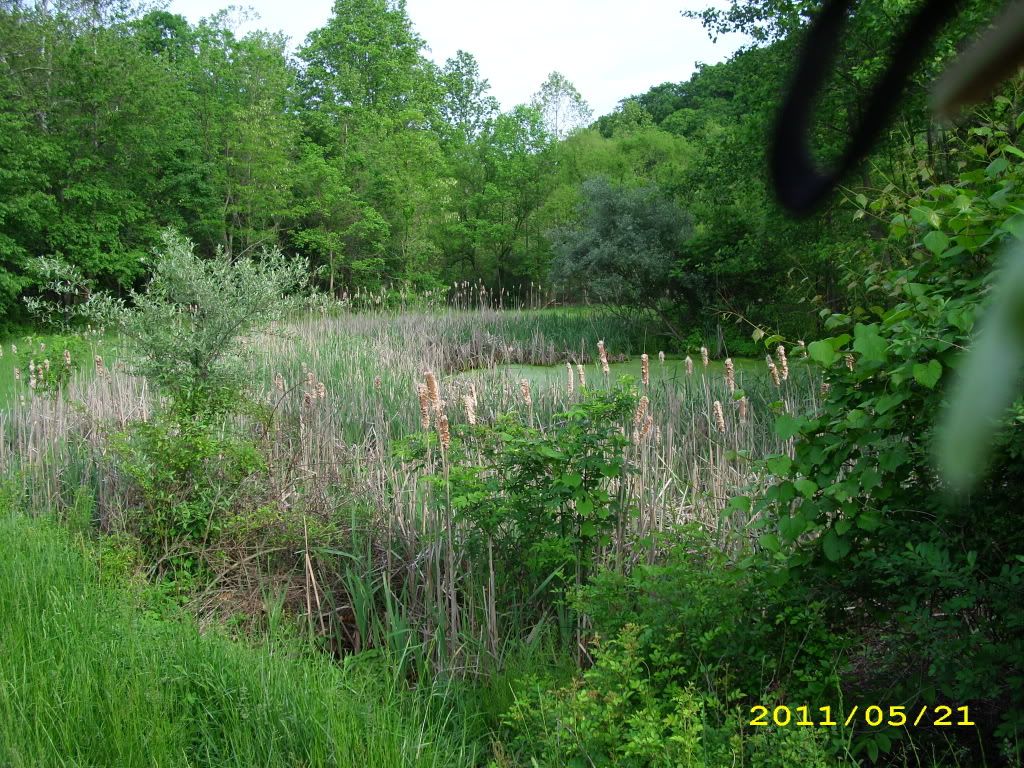
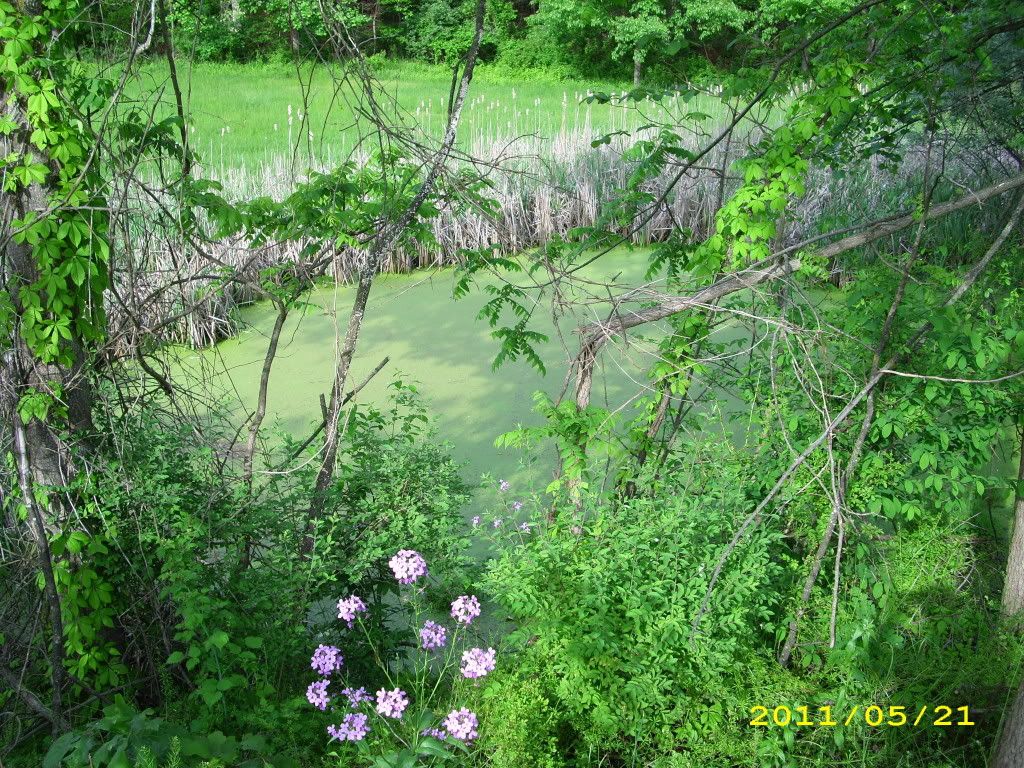
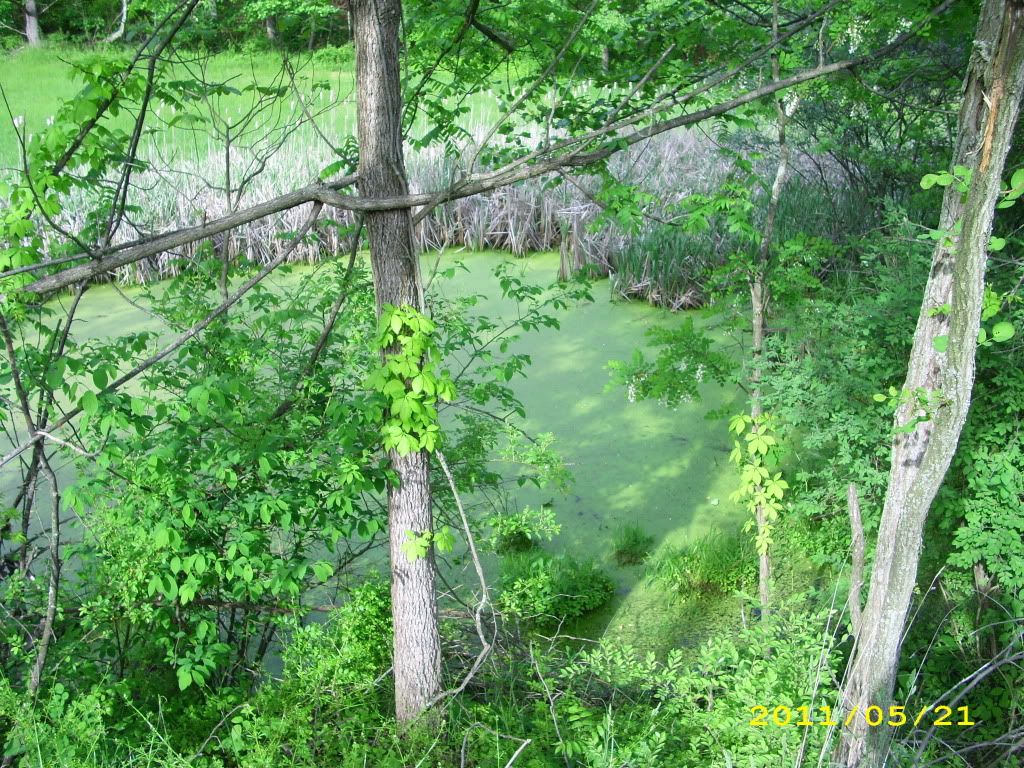
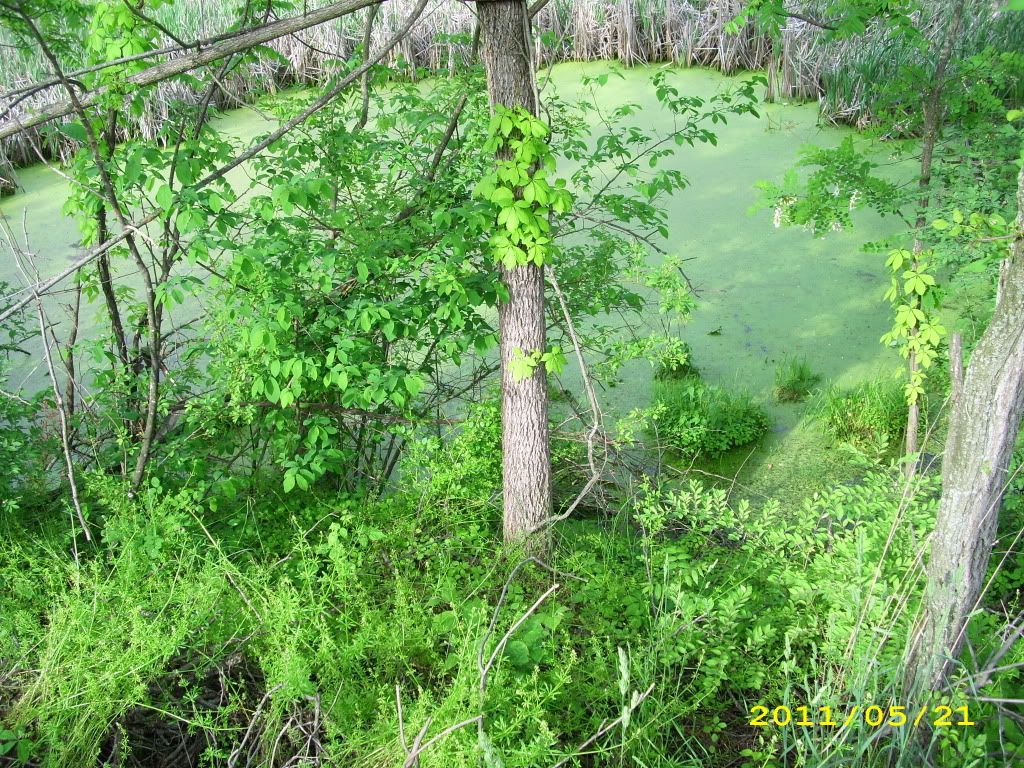
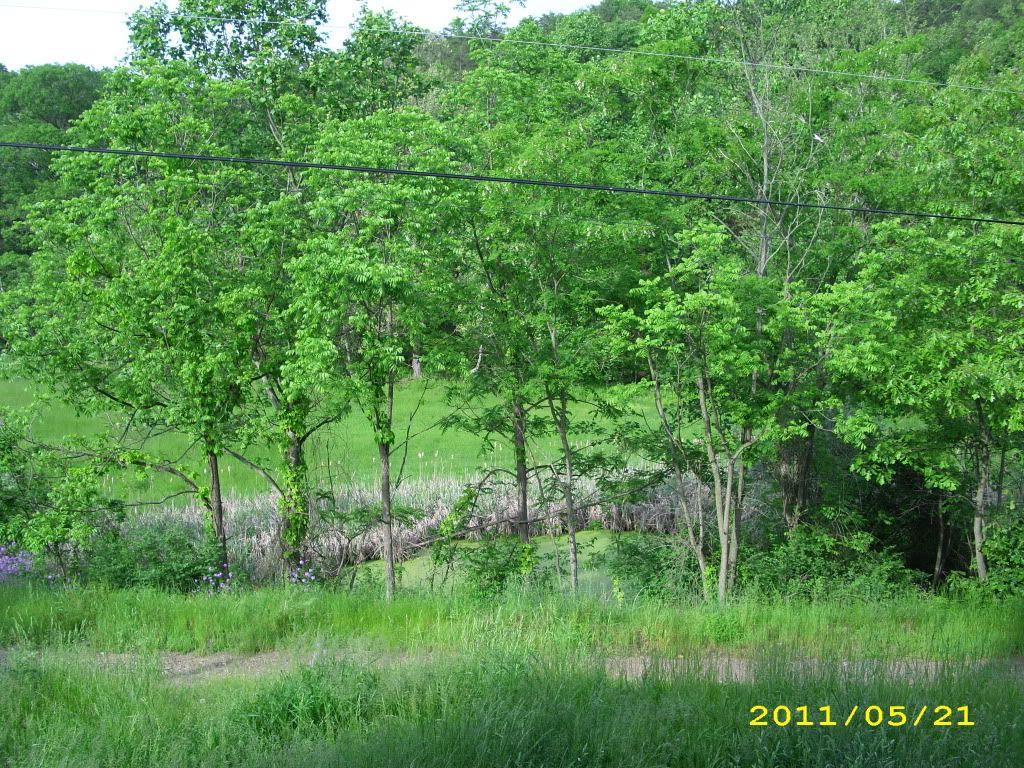

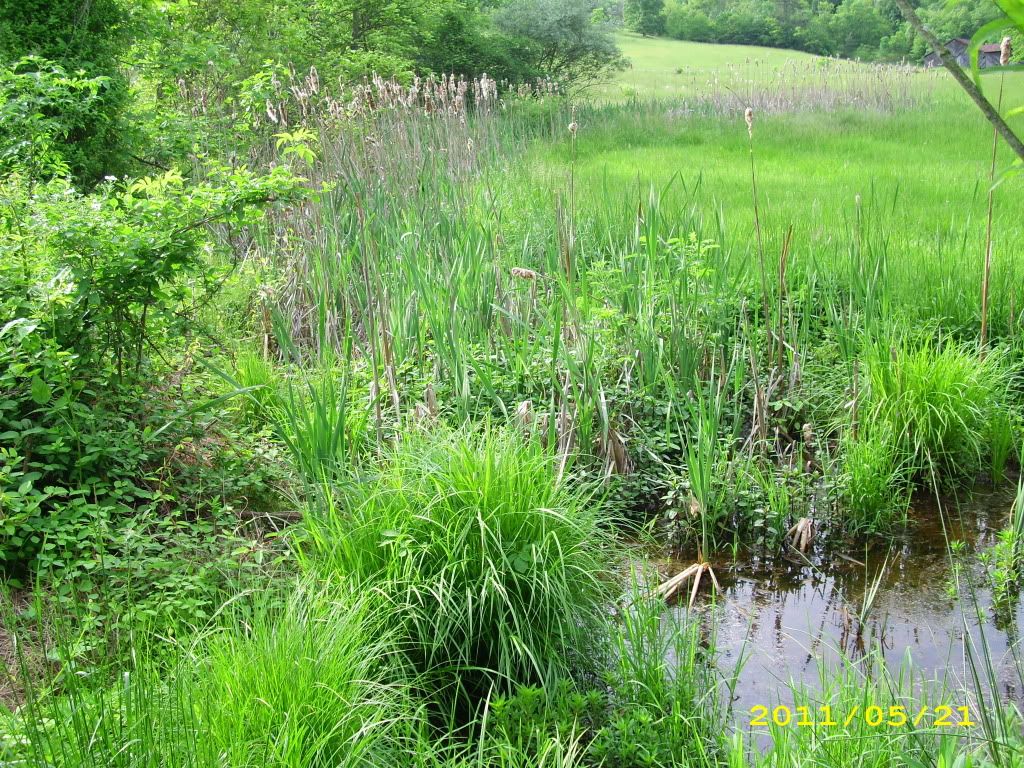
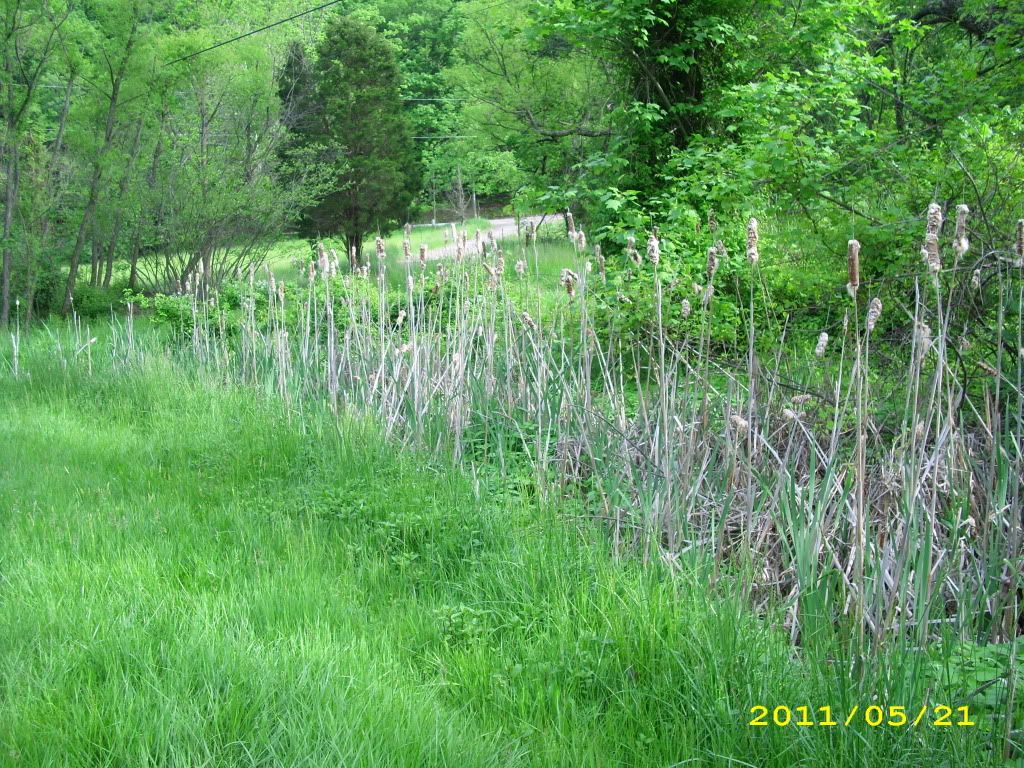
 ), poison ivy. Some beautiful wildflowers(id?):
), poison ivy. Some beautiful wildflowers(id?):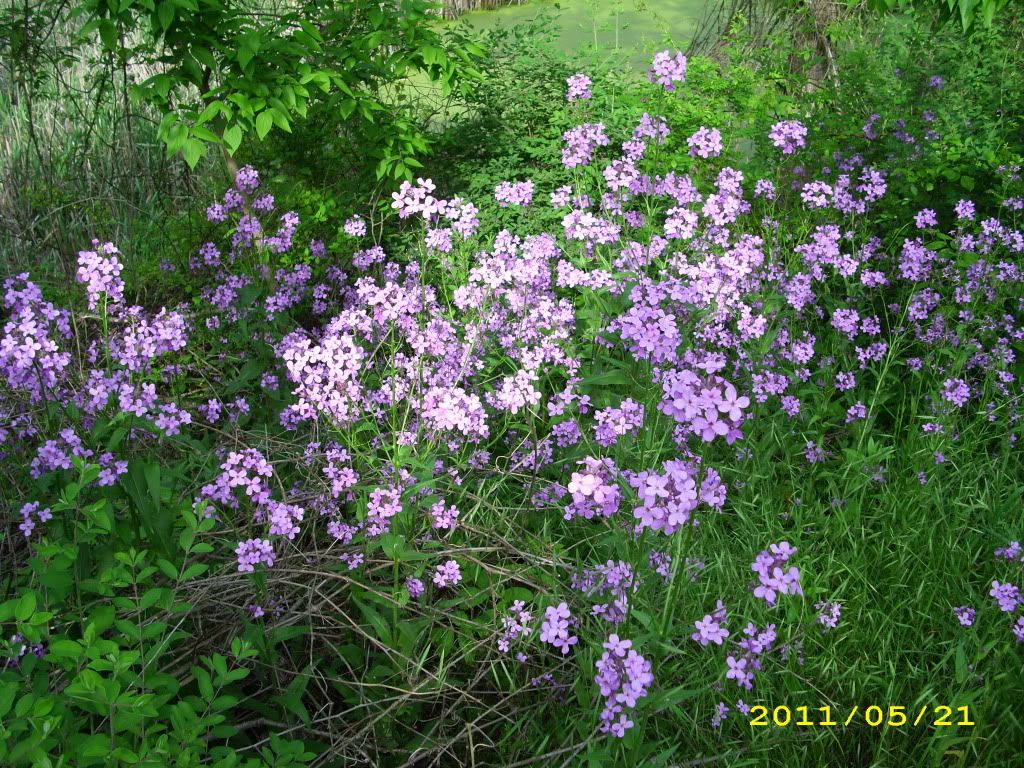
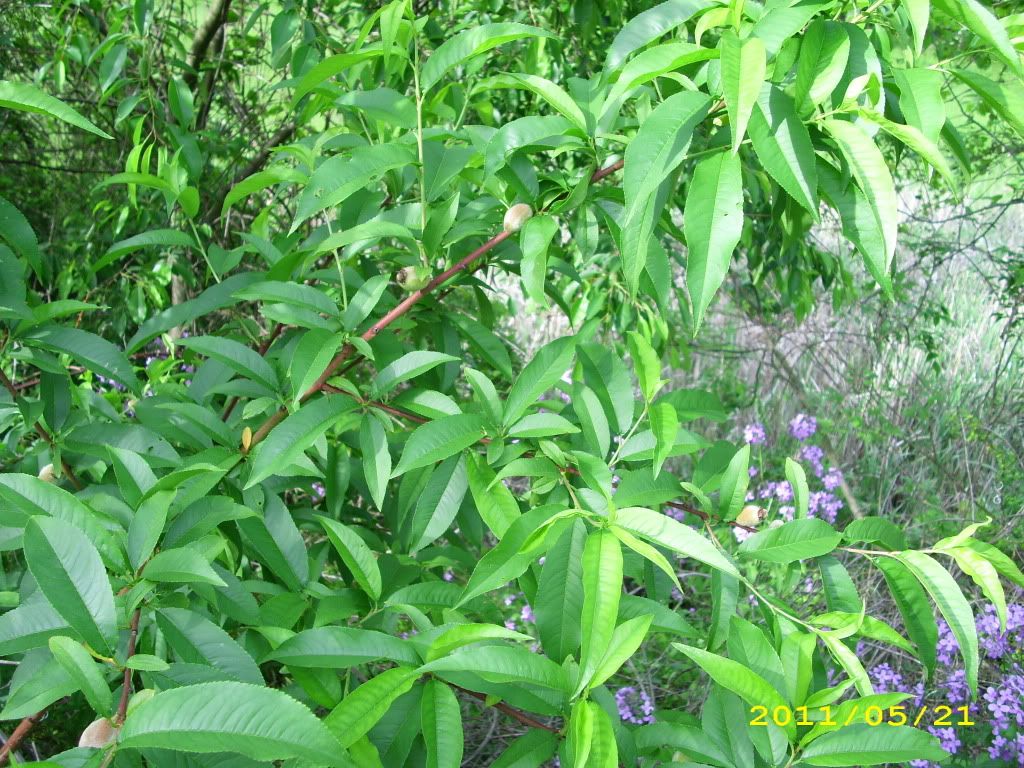
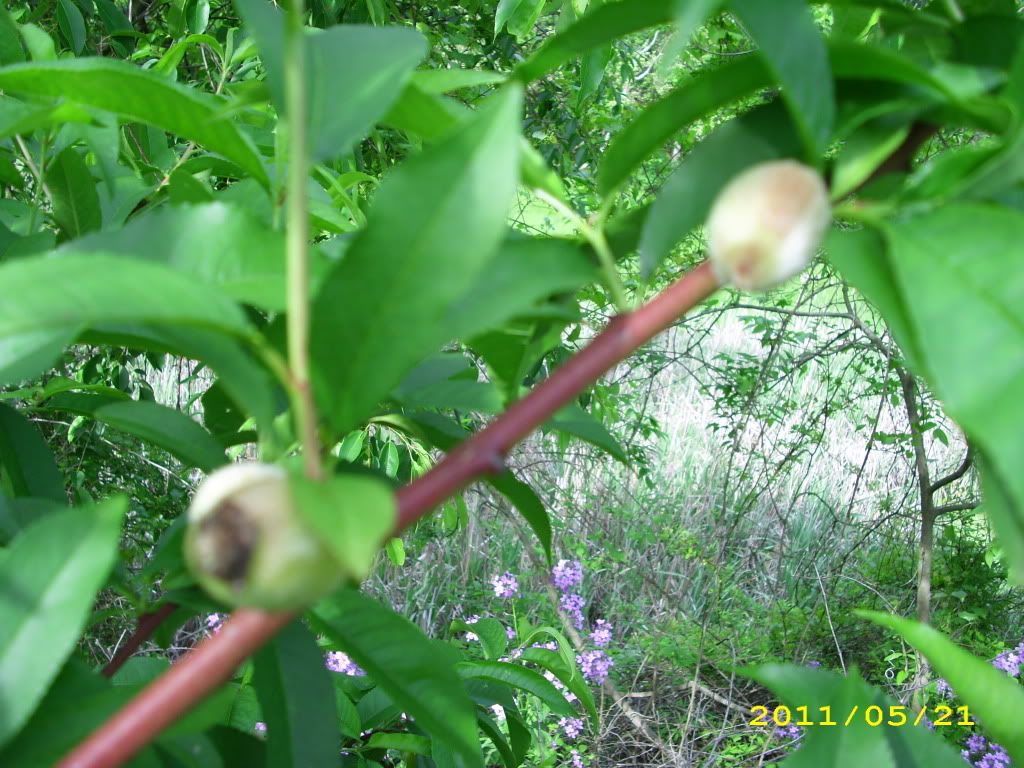
 . It is soo productive as is, and i'd like to make some of that productivity more homos sapiens friendly:D. Maybe plant a few fruit trees and berry bushes?
. It is soo productive as is, and i'd like to make some of that productivity more homos sapiens friendly:D. Maybe plant a few fruit trees and berry bushes? 




Permaculture is a gestalt ... a study of the whole. Not just how to produce more and better food, but how human life on the planet affects and is affected by the surrounding environment.
Bill Kearns




9anda1f wrote:
Hi Jimmy,
Your pond is awesome in it's wet, lush green-ness! One bit of info that might help ... where is your pond located in the world?





 Nice find, interested to see how it goes for ya..
Nice find, interested to see how it goes for ya..




Idle dreamer




Brenda
Bloom where you are planted.
http://restfultrailsfoodforestgarden.blogspot.com/





Idle dreamer




H Ludi Tyler wrote:
That tree looks exactly like a peach to me.












LivingWind wrote:
A little earthworks wouldn't hurt, just don't damage the native area too much.. It's looking pretty vibrant as is...
I might suggest a maddox for the planting of water/near-water dwellers (edibles). Strike the earth near the stream bank and plant in. It provides an air pocket and vertical downward length for the root system to flourish. Minimal damage done to the existing soil structure and very fitting for most plants you have in mind. This is how a buddy and I plant with great success.
Have a look at this. http://www.youtube.com/watch?v=hJylRPl1-50
Peace -
duane wrote:
the wildflowers are wild blue phlox
http://en.wikipedia.org/wiki/Phlox_divaricata
are there any fish in there now?
 I think im going to collect some of the seeds. Ya know, I'm not sure if there are any fish in there. I sat around for about 5 hours one day meditating, and didn't see any action. Judging by the runoff, and the algae, i'd say no. Pond scuba time to find out!
I think im going to collect some of the seeds. Ya know, I'm not sure if there are any fish in there. I sat around for about 5 hours one day meditating, and didn't see any action. Judging by the runoff, and the algae, i'd say no. Pond scuba time to find out! 




There are too many new and different mistakes out there waiting to be made to be wasteing your time repeating the same old mistakes.

|
That is a really big piece of pie for such a tiny ad:
The new permaculture playing cards kickstarter is now live!
https://www.kickstarter.com/projects/paulwheaton/garden-cards
|





